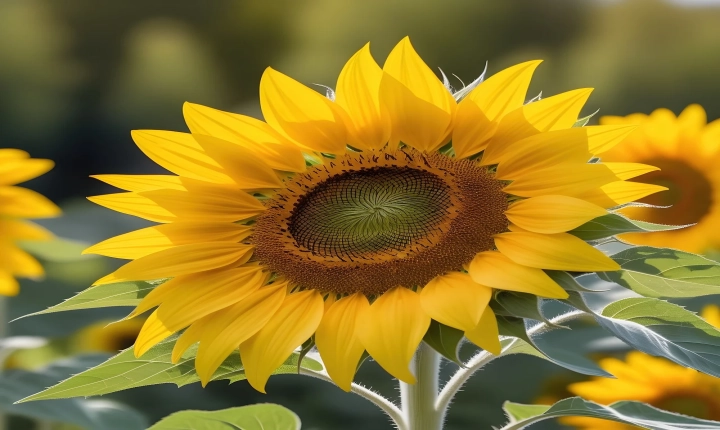Title: Can AI Create Art?
The intersection of artificial intelligence (AI) and art has brought about a hotly-debated topic in recent years regarding whether AI can truly create art. The traditional notion of art as something that emanates from human emotions, creativity, and expression has been challenged by the growing capabilities of AI technology. AI has been utilized in various creative fields, including music, visual arts, and literature, raising thought-provoking questions about the nature of creativity and the role of AI in artistic expression.
One of the most prominent examples of AI in the art world is the generation of visual art. Generative Adversarial Networks (GANs) and other machine learning algorithms have been used to produce paintings, digital graphics, and even sculpture designs. These AI-generated pieces have garnered attention in the art world, leading to discussions on the authenticity and value of art produced by non-human entities.
Proponents of AI-generated art argue that the ability of AI to analyze vast amounts of data and identify complex patterns allows it to create novel and thought-provoking visual compositions. Additionally, AI can imitate various artistic styles and techniques, leading to the production of pieces that resemble the work of renowned artists throughout history. This capability opens up new possibilities for creating art that pushes the boundaries of traditional artistic expression.
However, critics voice concerns about the nature of creativity and the emotional depth of AI-generated art. They argue that true artistic expression stems from human experiences, emotions, and cultural context, elements that AI lacks. The ability of AI to generate art is often labeled as mere imitation or replication, lacking the genuine human touch that defines art created by human artists.
The debate over AI-generated art also extends to music and literature. AI algorithms have been programmed to compose music, write poetry, and even create novels. These AI-generated works have sparked discussions about the essence of artistic inspiration and the role of human experiences in the creative process.
Despite the controversies, the increasing prevalence of AI-generated art raises important questions about the ever-evolving relationship between technology and creativity. The collaboration between human artists and AI systems, known as co-creative AI, presents a fascinating avenue for exploring new forms of artistic expression. Co-creative AI involves human artists using AI tools as a source of inspiration or to augment their creative process, blurring the lines between human and machine-generated art.
As the capabilities of AI continue to advance, the question of whether AI can create art will remain a topic of exploration and debate. Whether AI-generated art can truly embody the essence of human creativity or be considered authentic artistic expression will continue to be a point of contention in the art world. However, the integration of AI in the artistic process undoubtedly offers a unique opportunity to challenge, expand, and redefine our understanding of art in the digital age.
